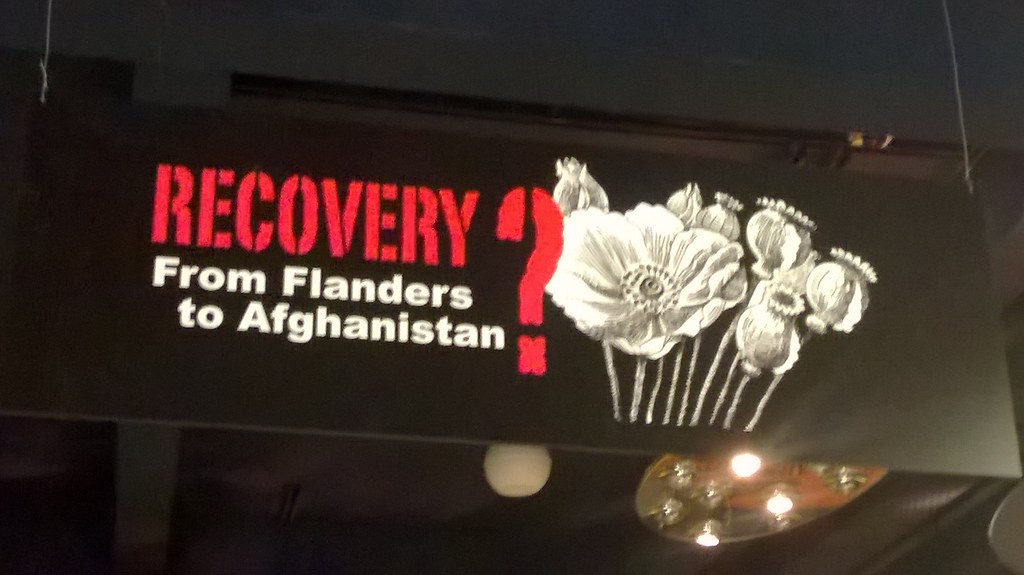What is in a name? Perceptions of an exhibition from its chosen title.
Having visited 2 exhibitions which both explore 100 years of military medicine I realised that before I saw either I had already formed expectations of what I was going to see. I deliberately chose not to research the projects before going to the museums so there was no external influence on my opinion and it was based solely on the titles.

Science Museum advert
http://s0.geograph.org.uk/geophotos/05/09/53/5095326_351c22b4.jpg
The Science Museum entitled their exhibition ‘Wounded’ and they recommend it as being suitable for over 12’s.
Before entering the gallery I had a negative feeling towards the subject matter, for me the word conjured up gruesome images of battlefield trauma and I expected to see images of dismembered bodies and tortured souls. The reality was very different and the historical objects on display I found fascinating although I felt that they had been displayed in a very adult and traditional manner with subdued lighting and in a stand-alone gallery.

Inside Thackray Medical Museum's exhibition 'Recovery: From Flanders to Afghanistan'.
https://www.flickr.com/gp/143832864@N07/D02d45
Alternatively the Thackray Medical Museum has no published age restriction and its chosen title was ‘Recovery?’.
I felt that this was a far more positive introduction and I envisaged a completely different display. I wasn’t disappointed in the way that the material was presented in a more approachable format, the gallery is light, bright and forms part of a larger exhibition which is child friendly and interactive.
Although the two exhibits have a narrative exploring the history of military medicine through a hundred years of war, the Wounded exhibition clearly showcases medical artefacts from the museum’s collection. Recovery has less historical items featured but the items on display are alongside their modern counterparts providing a direct comparison and creating a greater visual impact. The use of more video and the additional information on the walls not only expanded knowledge but also humanised what is an ongoing social story.